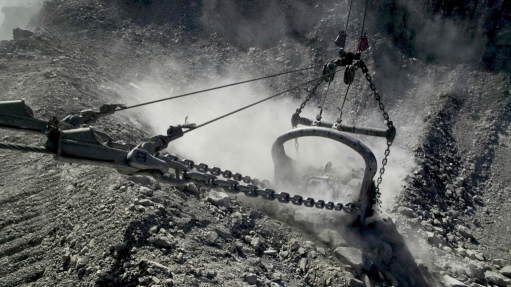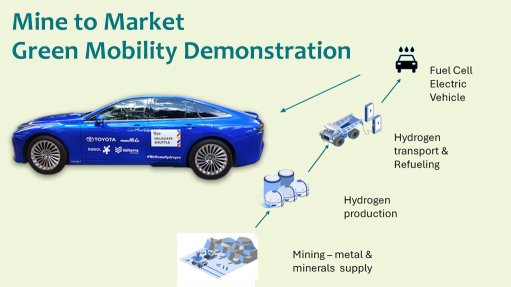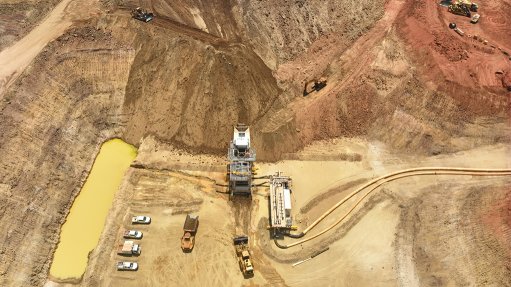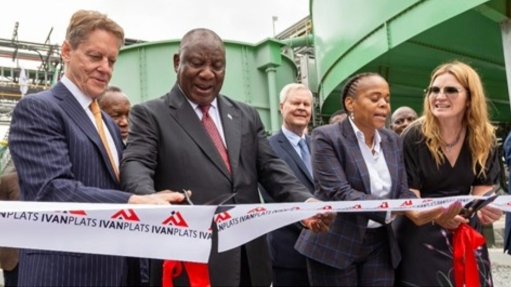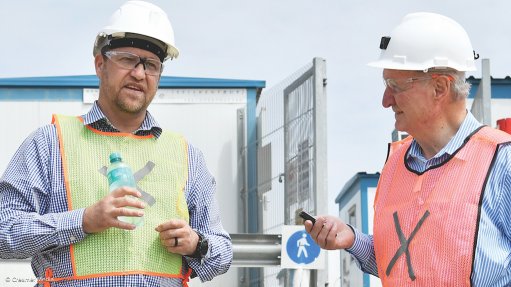Lifting the standard: Why regular maintenance is non-negotiable in the lifting equipment industry
This article has been supplied and will be available for a limited time only on this website.
In an industry where precision, reliability, and safety are paramount, regular maintenance of lifting equipment is not just recommended, it’s essential. Whether in construction, manufacturing, or logistics, the performance of cranes, hoists, and other lifting machinery underpins operational success. When neglected, the consequences can be catastrophic, ranging from costly downtime to serious workplace accidents.
“Maintenance isn’t a box-ticking exercise, it’s a commitment to safety and performance,” says Alistair Bennett, Managing Director at SkyJacks. “In our industry, every inspection, service, and load test plays a role in preventing incidents and keeping people safe.”
Safety starts with maintenance
Lifting equipment operates under extreme mechanical stress, often in demanding environments. Even minor defects can quickly escalate into major hazards if left unchecked. Regular inspections, load testing, and servicing are therefore critical in identifying problems before they cause harm. “A small crack in a hook or a worn sling might seem insignificant, but under load, it can lead to catastrophic failure,” explains Bennett. “That’s why proactive maintenance is the foundation of a safe working environment.”
In South Africa, this commitment to safety is backed by regulation. The Driven Machinery Regulations 18, under the Occupational Health and Safety Act (OHSA), require that all lifting machines and hand-powered devices be inspected and load tested by a certified lifting machinery inspector at least once every 12 months. These inspections ensure equipment remains safe for use and help maintain accountability across the industry.
Common oversights and their consequences
Despite clear regulations, common maintenance oversights still occur, often with preventable consequences. “One of the biggest mistakes is skipping daily pre-use inspections,” Bennett notes. “Operators sometimes focus on meeting deadlines and overlook basic checks like oil levels, chain wear, or ensuring safety devices are functional.” Another frequent oversight is inconsistent record-keeping. Without accurate maintenance histories, early warning signs go unnoticed, leading to unplanned breakdowns and safety risks.
Delaying servicing beyond manufacturer-recommended intervals is another issue Bennett highlights. “It might seem cost-effective in the short term, but in reality, you’re accelerating wear and increasing the risk of failure,” he says. “Neglecting maintenance is always more expensive in the long run.”
The long-term payoff of proactive care
Beyond safety, consistent maintenance delivers measurable business benefits. Well-maintained lifting machinery operates more efficiently, experiences fewer breakdowns, and lasts longer, all of which improve productivity and return on investment. “Reactive repairs are almost always more expensive,” Bennett explains. “When equipment fails unexpectedly, you’re not just paying for the repair, you’re also paying for lost time, project delays, and emergency callouts. Regular servicing is far more cost-effective.”
SkyJacks, a leading provider of lifting equipment and services, offers comprehensive maintenance and load testing programmes that help clients maintain compliance and extend equipment lifespan. “Our technicians are OEM-trained and certified to perform scheduled services, breakdown repairs, and statutory inspections,” says Bennett. “We also keep detailed maintenance records for each piece of equipment, helping customers plan maintenance cycles and demonstrate compliance during audits.”
Building a culture of consistency
A robust maintenance programme isn’t about occasional checks; it’s about consistency and accountability. Bennett outlines the key components that every company should follow include daily operator inspections, scheduled OEM servicing, thorough record-keeping, annual load testing, and prompt corrective action for any identified faults. “Consistency is key,” he stresses. “Maintenance must be treated as a non-negotiable part of operations, not an afterthought.”
Predictive maintenance and the future of efficiency
As the industry evolves, predictive maintenance is paramount. By using data such as operating hours and condition monitoring, companies can anticipate potential failures before they happen. “Predictive maintenance allows us to schedule repairs during planned downtime instead of reacting to breakdowns,” Bennett says. “At SkyJacks, we’re integrating telemetry and service tracking into our offerings to support predictive scheduling and reduce total cost of ownership.”
This proactive approach means better resource allocation, improved asset availability, and significantly less downtime. For fleet operators managing multiple pieces of equipment, it’s an investment that pays off in efficiency and peace of mind.
Empowering operators through training
Even the most advanced maintenance programme relies on well-trained operators. “Operators are the first line of defence when it comes to equipment care,” Bennett explains. “Proper training ensures they can identify early warning signs, perform pre-use checks, and operate within safe limits.” Poor operating practices, such as overloading or bypassing safety systems, remain leading causes of premature wear and failure. To address this, SkyJacks places strong emphasis on operator competency training, embedding safety and maintenance awareness into everyday operations.
Ultimately, the value of regular maintenance extends far beyond compliance, it’s about safeguarding lives, protecting investments, and ensuring operational excellence. As Bennett concludes, “When you prioritise maintenance, you’re not just maintaining equipment, you’re maintaining trust, reliability, and the integrity of your business. In this industry, that’s what truly lifts the standard.”
Article Enquiry
Email Article
Save Article
Feedback
To advertise email advertising@creamermedia.co.za or click here
Announcements
What's On
Subscribe to improve your user experience...
Option 1 (equivalent of R125 a month):
Receive a weekly copy of Creamer Media's Engineering News & Mining Weekly magazine
(print copy for those in South Africa and e-magazine for those outside of South Africa)
Receive daily email newsletters
Access to full search results
Access archive of magazine back copies
Access to Projects in Progress
Access to ONE Research Report of your choice in PDF format
Option 2 (equivalent of R375 a month):
All benefits from Option 1
PLUS
Access to Creamer Media's Research Channel Africa for ALL Research Reports, in PDF format, on various industrial and mining sectors
including Electricity; Water; Energy Transition; Hydrogen; Roads, Rail and Ports; Coal; Gold; Platinum; Battery Metals; etc.
Already a subscriber?
Forgotten your password?
Receive weekly copy of Creamer Media's Engineering News & Mining Weekly magazine (print copy for those in South Africa and e-magazine for those outside of South Africa)
➕
Recieve daily email newsletters
➕
Access to full search results
➕
Access archive of magazine back copies
➕
Access to Projects in Progress
➕
Access to ONE Research Report of your choice in PDF format
RESEARCH CHANNEL AFRICA
R4500 (equivalent of R375 a month)
SUBSCRIBEAll benefits from Option 1
➕
Access to Creamer Media's Research Channel Africa for ALL Research Reports on various industrial and mining sectors, in PDF format, including on:
Electricity
➕
Water
➕
Energy Transition
➕
Hydrogen
➕
Roads, Rail and Ports
➕
Coal
➕
Gold
➕
Platinum
➕
Battery Metals
➕
etc.
Receive all benefits from Option 1 or Option 2 delivered to numerous people at your company
➕
Multiple User names and Passwords for simultaneous log-ins
➕
Intranet integration access to all in your organisation







